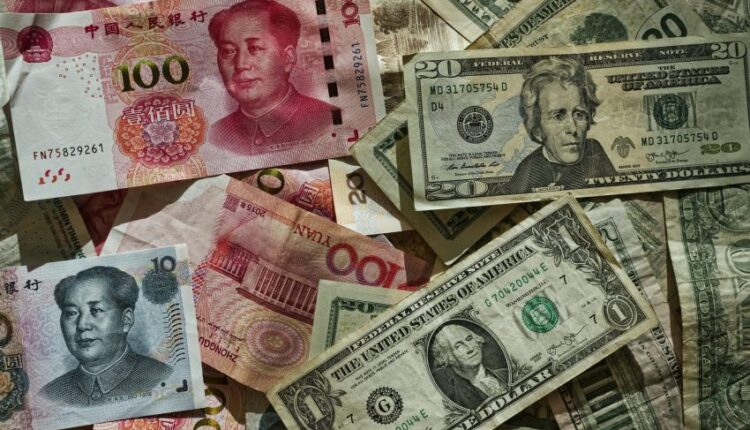Your Cup of Coffee Is Already Expensive. It’s About to Get Even Worse
Global coffee prices are set to rise even further due to major supply disruptions from Vietnam to Brazil. Both high-end arabica beans and the budget-friendly robusta variety have spiked in price, with sellers raising prices and scrapping discounts to protect their margins. JM Smucker Co., whose brands like Folgers and Café Bustelo dominate the US’s at-home coffee market, hiked its prices this summer. Restaurant chain Pret A Manger scrapped its UK coffee subscription that gave customers as many as five drinks per day. Variety Coffee Roasters in New York City recently raised its retail prices by about 5% in its first hike in five years, and other corner coffee shops say they’re next.
Prices for robusta beans, a favorite for instant coffee, have soared to the highest since the 1970s. Higher-quality arabica beans earlier this month were priciest in more than two years. Some of that run-up is tied to bad weather: droughts in robusta powerhouse Vietnam are putting the world on track for a fourth straight year of deficits, while dry weather in Brazil has shrunk the size of its arabica crop as damaged trees churn out smaller beans. The gap between futures prices for the two varieties is near the narrowest it has ever been, leaving companies scrounging for poorer quality arabica beans instead of the usual cost-effective robusta variety to keep down costs.
Emerging demand in markets like China promises to keep supplies tight, and there’s a growing recognition that coffee traders and roasters have long been underpaying farmers. Higher profits incentivize producers to keep planting coffee instead of other crops and allow them to reinvest in making their trees more resilient to disease and climate risks. If coffee prices don’t go up for growers, there won’t be any reason for them to maintain long-term production.
The cocoa market also experienced unprecedented prices this spring as production plummeted following decades of underinvestment. Few countries are fully prepared to comply with the European Union Deforestation Regulation requirements, meaning supplies will be tight.
Consumers worldwide have been enjoying cheap brews at the expense of growers for decades, but many of these deals are slowly evaporating due to higher bean prices, rising labor costs, and supply chain disruptions that flared up during the height of the pandemic. Companies are reticent to backtrack once consumers get used to higher prices, as they try their best not to pass these costs on to the guests.
At today’s high prices, shoppers might start to trade their fancier steamed milk espresso drinks for drip coffees to bring the price point down closer to $3 a pop. Some coffee companies that secured beans in advance of the latest run-up have been able to avoid announcing more increases, such as Starbucks, which generally locks in prices for green coffee nine to 18 months in advance, meaning it can usually weather any price volatility for a while.
However, smaller shops don’t have as much flexibility. Hazel de los Reyes, co-founder of Gumption Coffee in Sydney and New York, said she has never been as glued to the commodity price index on coffee as she has been in the last few months, every day. The chain raised prices about 10% last year and may have to do it again in the coming months.
Although consumers don’t easily give up their caffeine fix, more will opt to brew at home if coffee out gets too expensive. Grocery-store sales volumes of espresso and coffee concentrate have jumped sharply in the US, suggesting some buyers are trying to recreate their favorite coffee treats at home. Brazil’s coffee industry group ABIC has warned shoppers to be wary of unknown brands of cheap beans, which sometimes contain husks, branches, and waste from other plants in an effort to dupe households looking for a deal.
Stores trying to appeal to more consumers are touting menu innovations like energy drinks and even coffee imitations. Gumption now carries drinks at some locations using Seattle startup Atomo Coffee’s “beanless” grounds, which are made with recycled ingredients like date seeds. Other stores are consciously taking a loss on coffee at the moment, knowing a cheap brew will attract price-conscious customers who will also buy higher-margin items like sandwiches.
Read More @ Yahoo
Source: Coffee Talk



